- All
- Aquascape
- Hardscapes
- Hiring A Contractor
- Landscaping
- Outdoor Lighting
- Swimming Pools
- Uncategorized
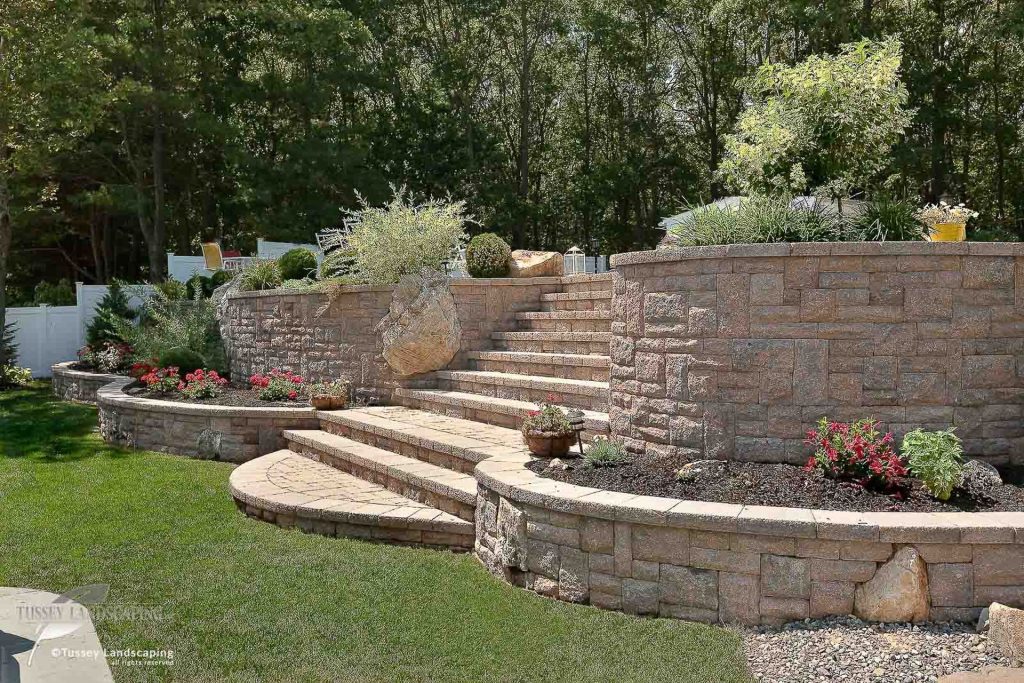
Hardscapes: Your Guide To A Better Landscape
In this blog, we’ll explore different water features, such as water gardens, ponds, pondless waterfalls, bubbling rocks, and fountains, and how they can elevate your space.
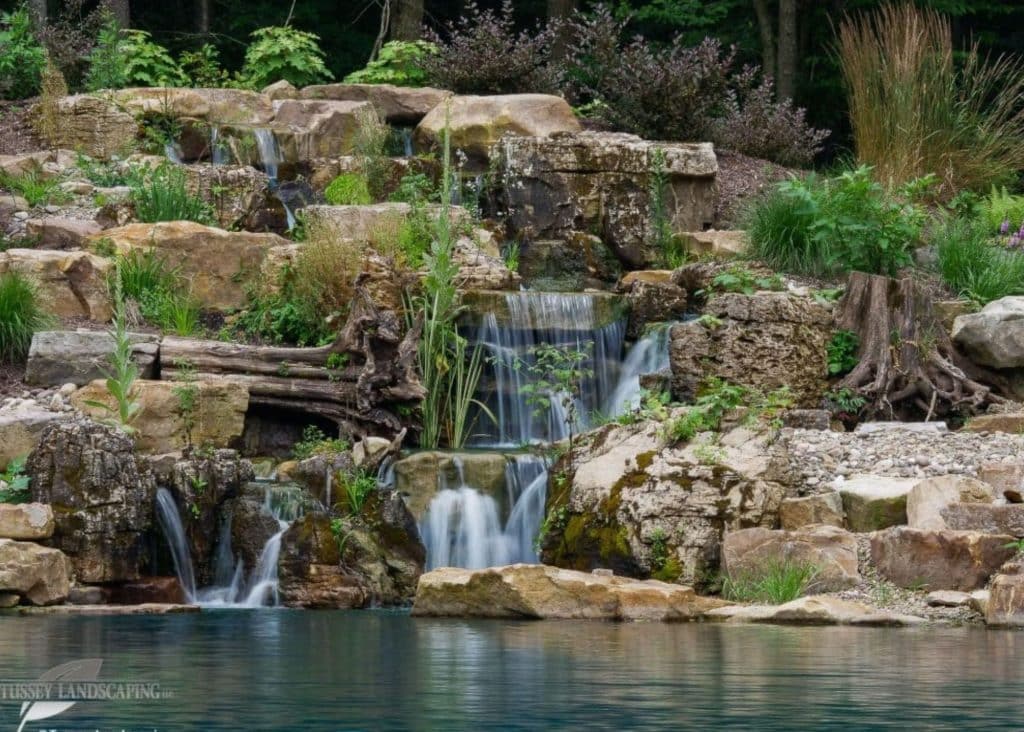
The Ultimate Guide to Stunning Water Features
In this blog, we’ll explore different water features, such as water gardens, ponds, pondless waterfalls, bubbling rocks, and fountains, and how they can elevate your space.
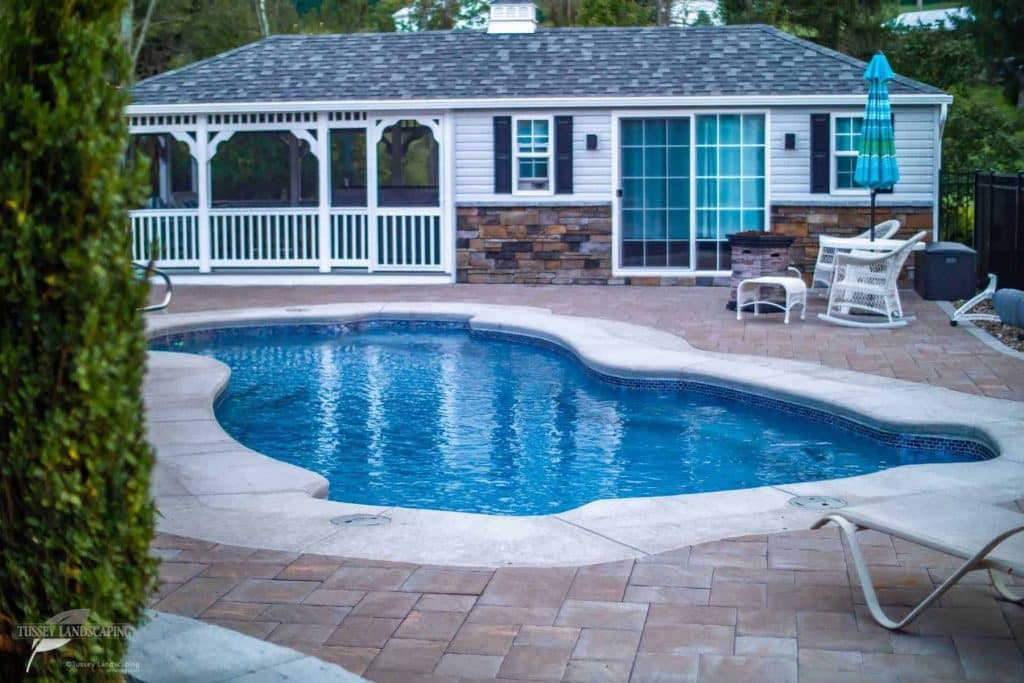
Is a Swimming Pool Right For Your Yard? Top Five Pool Questions Answered!
Want to dive deeper into the world of koi ponds? We’ve got a lot to cover, from what exactly a koi pond is to how to keep it looking its best.
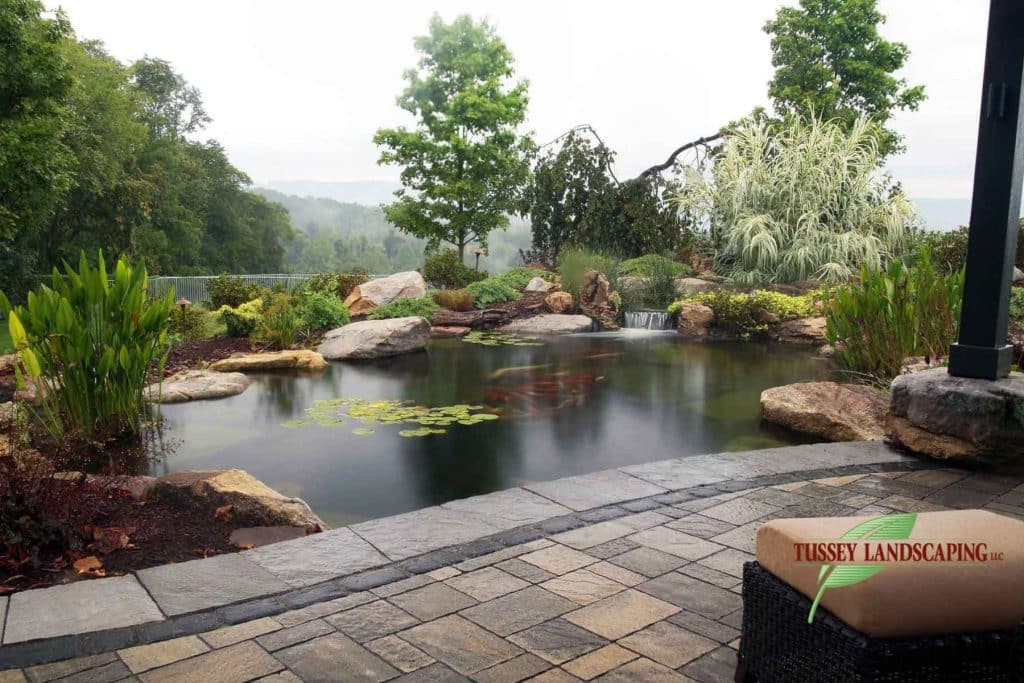
Koi Pond 101 (plus planning and maintenance tips)
Want to dive deeper into the world of koi ponds? We’ve got a lot to cover, from what exactly a koi pond is to how to keep it looking its best.
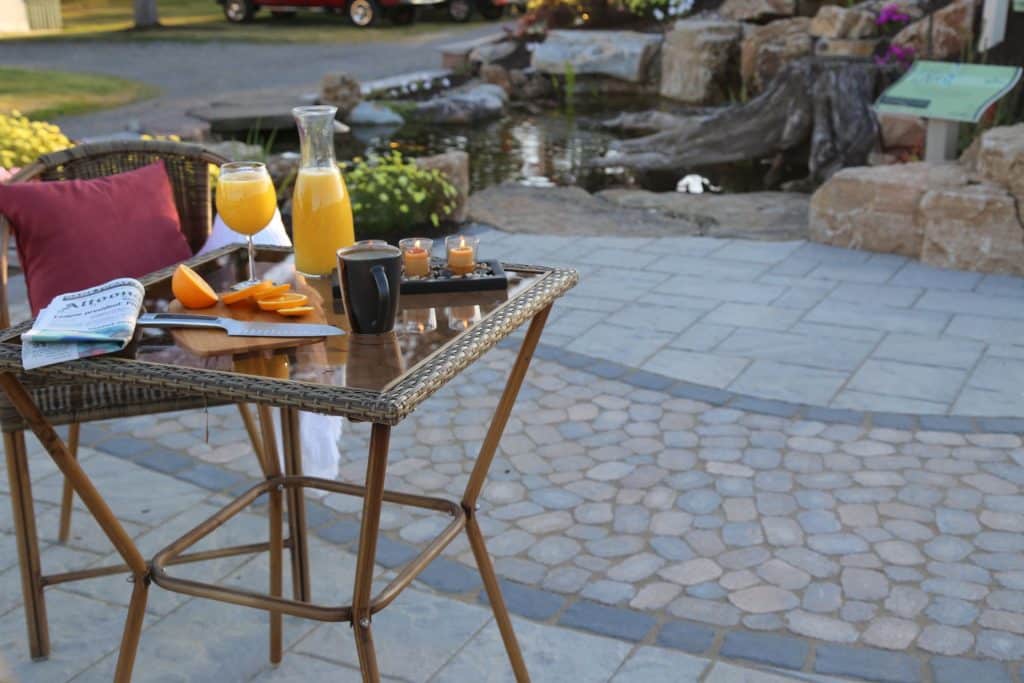
Live Life Outdoors In Your Dream Hardscape
Ever been trying to relax in the living room, Uncle Bill is watching TV at the maximum volume, kids are raising a ruckus, and you just want a quiet place to escape to? We make those places for you. Imagine just soaking up the peace of a summer night outdoors on your patio as the fire crackles…
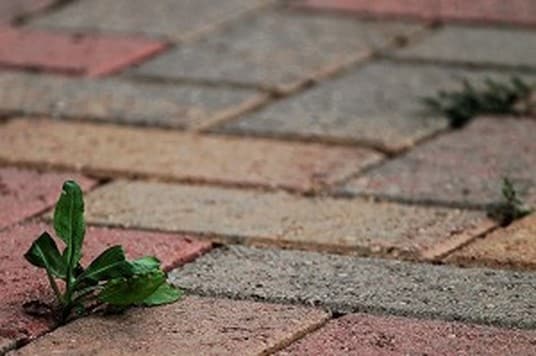
Weed Remedy for Hardscapes
Having weeds come up in your beautiful paver patio is annoying, and is not ‘conducive’ to enjoying your favorite outdoor area. It gives your outdoor area an unkempt look. And it can often be difficult to remedy the situation, and no one wants to regularly pull weeds in their patio, of all places. First, let’s…
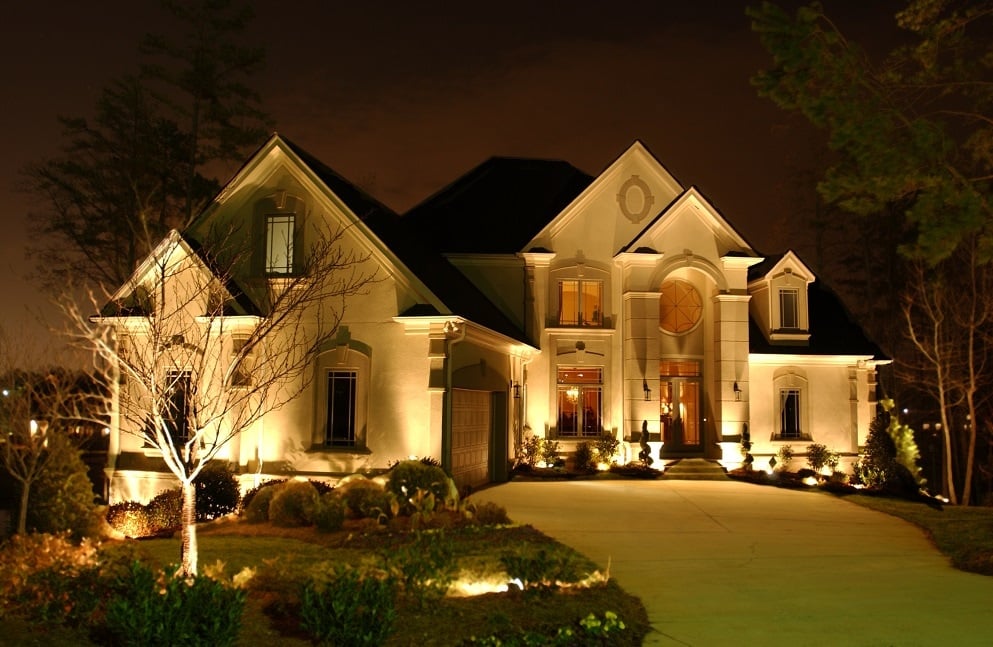
Lifetime Warranty Outdoor Lighting
Ever buy some landscape lighting from the local hardware store with great expectations of lighting up your walkway or landscape? …and then be disappointed? Yea, a lot of people have taken the same route as you. Outdoor lighting is a fine art. Not meant to be cheapened by inferior solar (or whatever) light fixtures. These…
How To Get Crystal Clear Water In My Koi Pond
Are you struggling to achieve the water quality you would like? Cloudy water, or excessive algae? We’ve got the solution for you. No one is more qualified than the experts at Tussey Landscaping, based out of Hollidaysburg Pa, and servicing State College, Altoona, Bedford, and Johnstown areas. Your Aquascape Ecosystem pond is a living breathing…
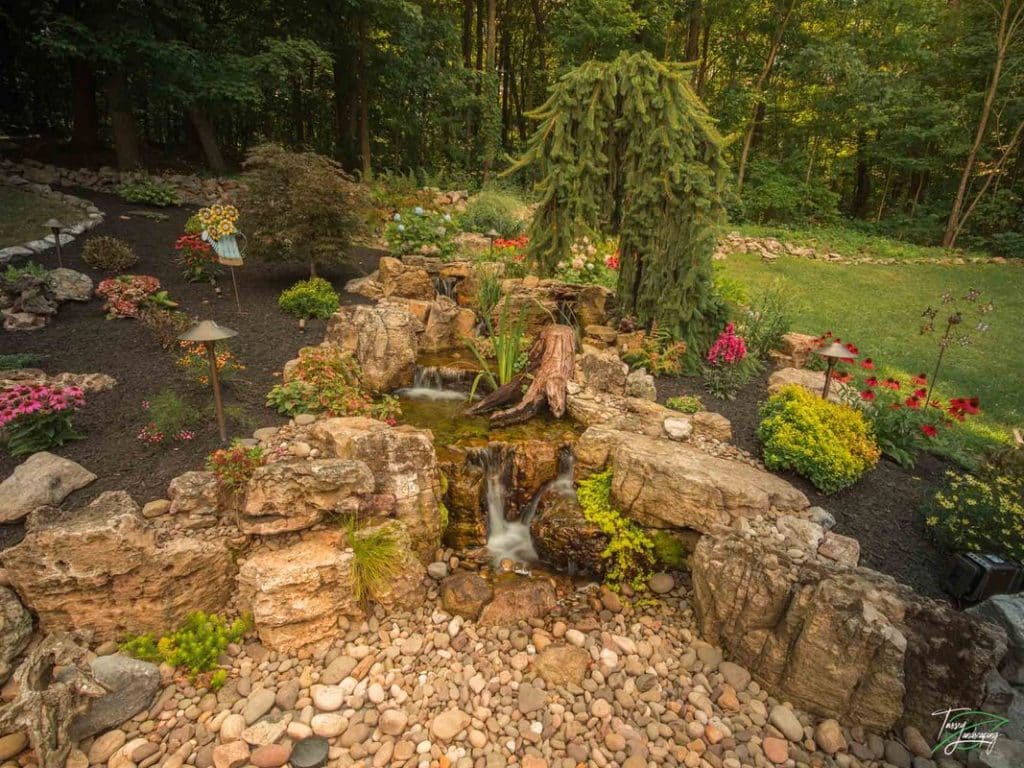
Building a backyard waterfall
If you are considering a backyard waterfall, There are many steps of building to consider. The first question to consider is whether you want to build it yourself, or hire a contractor. While it is obvious that money can be saved with a DIY waterfalls, it may be difficult to find accurate comparison between a…
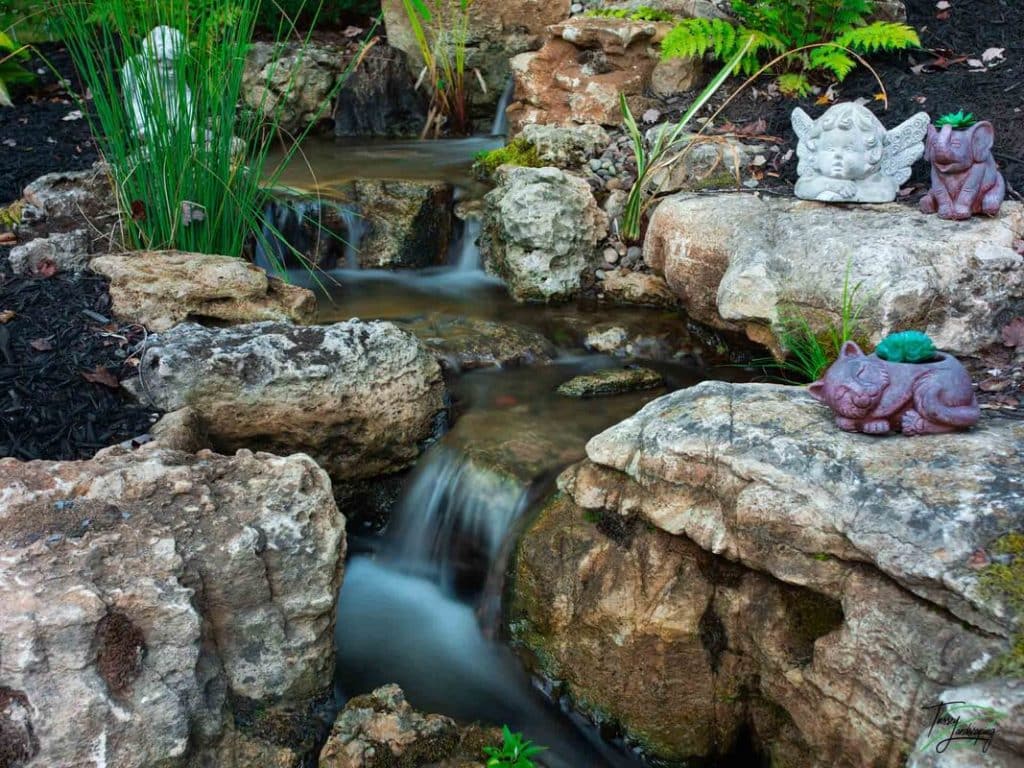
what to know before building a backyard waterfall
Like any new proposition, building a pondless waterfall brings many new questions to mind. It can be difficult to know what questions to ask when trying to decide if a pondless waterfall is the right choice for your backyard. In this article, we will not be devoting any discussion to concrete water features. Concrete features bring…
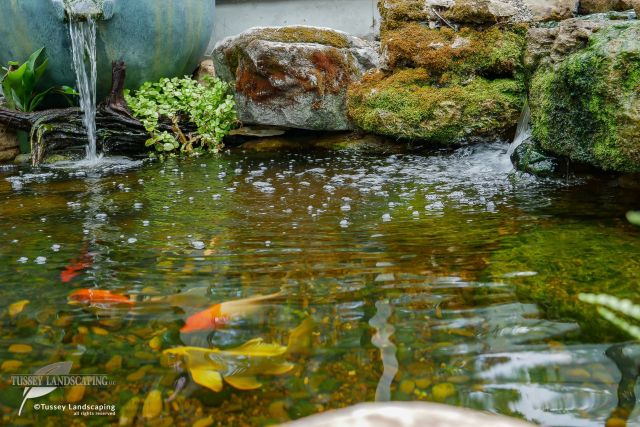
Koi Ponds: Keys to success + Price ranges
How much does a Koi pond cost? How large can a Koi pond be? If you are considering having a Koi pond built, these are questions you might be asking. But before we get to pricing and sizes, let’s first take a quick look at some of the requirements for a Koi pond. Koi…
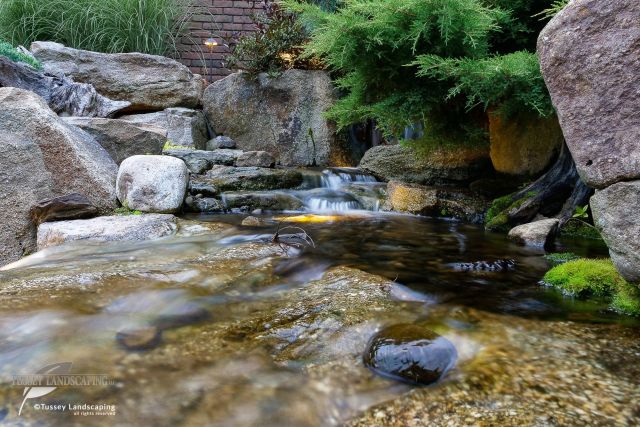
How To Fix Pond and Waterfall Leaks: Follow These 5 Steps
Leaks — every pond and waterfall owner’s nightmare. But the truth is that a leaking water feature can be fixed. Finding a leak in a rubber liner pond is usually the most challenging part. Four possible reasons your pond/waterfall is leaking:Your approach to leak detection must be methodical, otherwise you might misdiagnose the cause and…
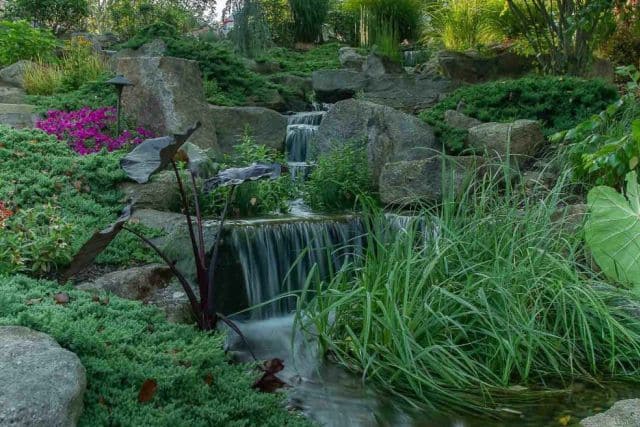
A Secret Garden in the 21st Century
The garden has long been viewed as a getaway. It is a place where we let go of our worries and unwind. It is a place where we trade the stuffy confines of the cubicle for the sweet, fresh fragrance of the outdoors. We need these places. We need a place where we can revel…
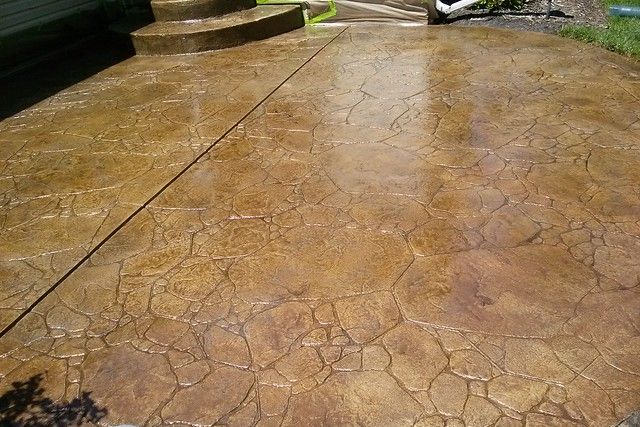
5 Problems With Stamped Concrete
These are some reasons that we do not install stamped concrete at Tussey Landscaping. We use pavers instead. To get more information about our process, click here. Stamped concrete is a poured concrete slab that is imprinted with a design or texture to replicate the look of pavers, natural stone, or another substance. Stamped concrete…
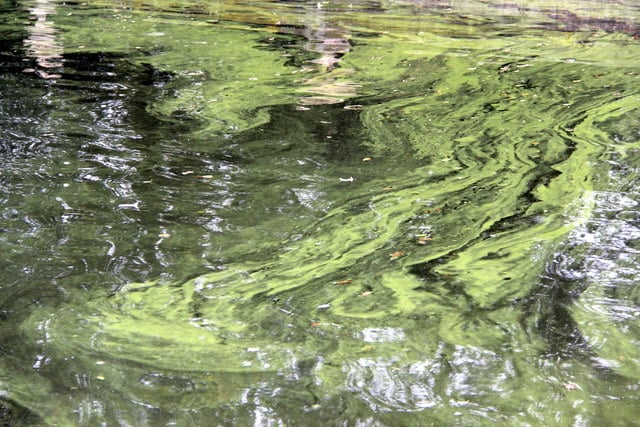
What Causes Green Pond Water?
Algae blooms are the culprit for most water quality problems. If your pond water is cloudy, murky, or brown, it’s likely an algae issue. Algae can grow in almost any body of water with sunlight and nutrients. Here are three common ways to combat algae growth.Dye the Water. Adding coloring to the water (often…
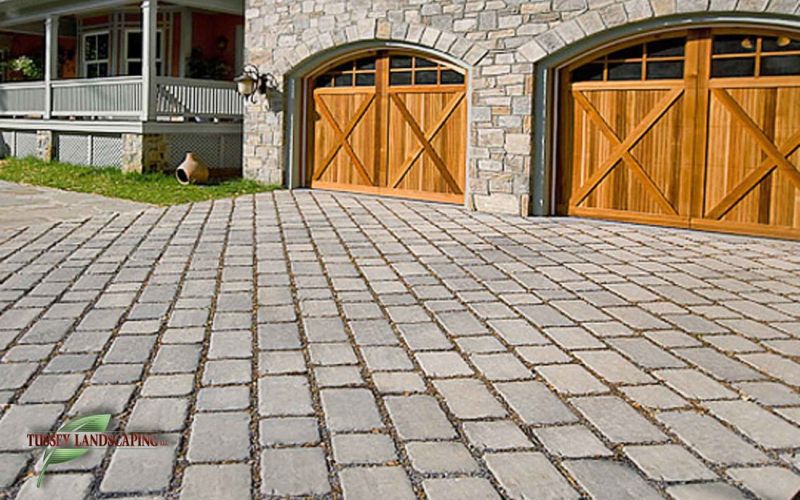
Permeable Pavers: What They Are and How They Work
We often get questions about this relatively new paving style, so in this article we’ll answer some common questions about permeable pavers and discover a few advantages and best practices along the way. What Are Permeable Pavers?Permeable pavers fall under the broader industry category of permeable paving solutions. Permeable pavement is a surface designed to…
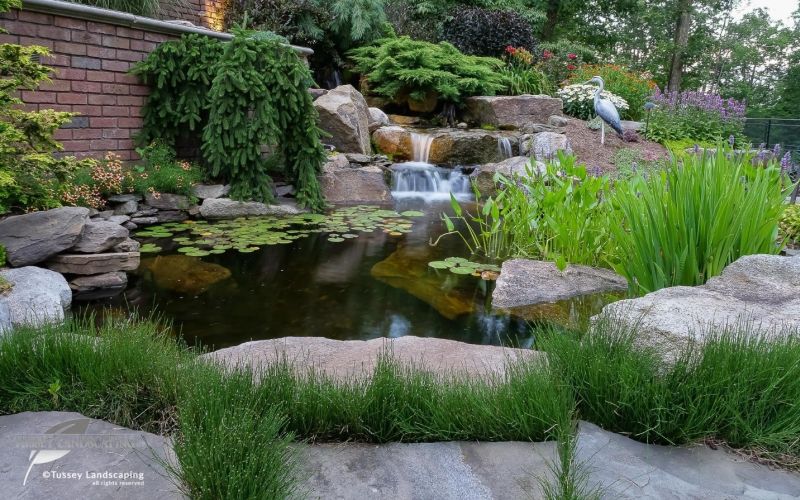
Backyard Ecosystem Ponds: What They Are and How They Work
What is an ecosystem pond? How does ecosystem pond work? What makes an ecosystem pond different from a pool? Is one pond better than another? Here we’ll explore the terms and definitions of this style of pond, and how it works. But before we do that, let’s take a step back, to a place away…
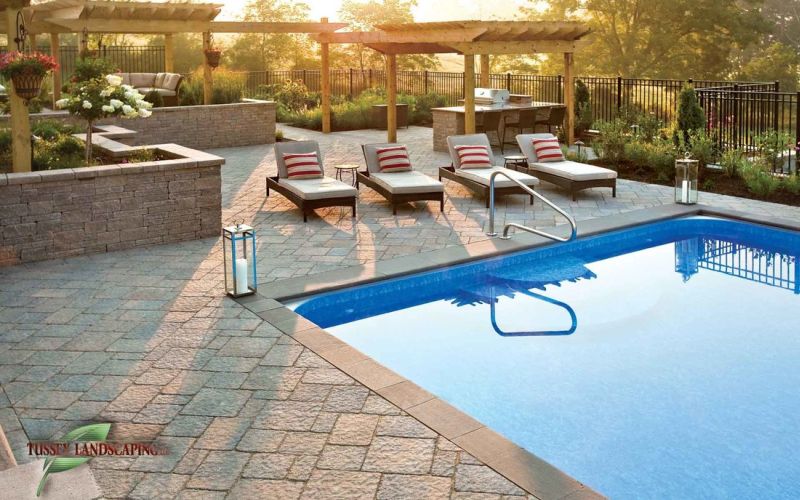
Patio Hardscaping: Poured Concrete or Patio Pavers?
It’s a question that’s been raised time and again by professionals, do-it-yourself enthusiasts, and homeowners looking to make a wise investment decision. It’s important to understand that both concrete and pavers have a place, and what’s best for one area may not fit another. To understand how these products differ, we first must clarify what…
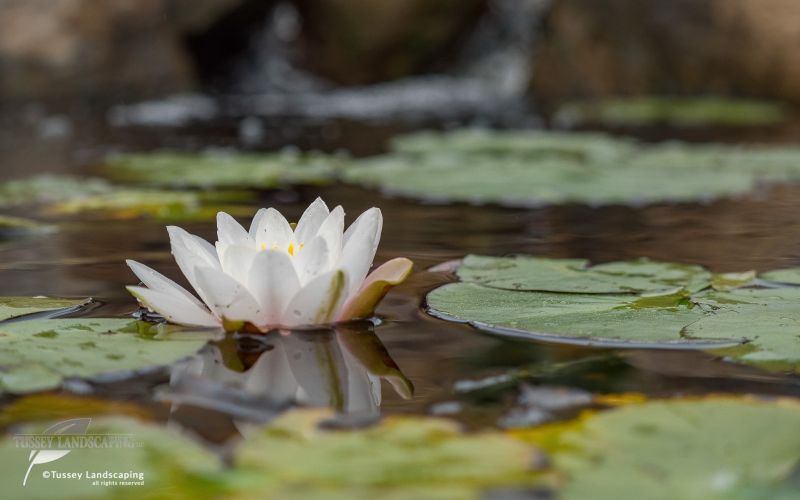
Pond Repair: What To Know Before You Begin
You may be the new owners of a home that has a pond in the backyard. Maybe the pond you built 10 years ago needs a facelift. Perhaps that concrete fountain you had built has leaked since day one, and you are ready to get it fixed. Whatever the case may be, here are a…
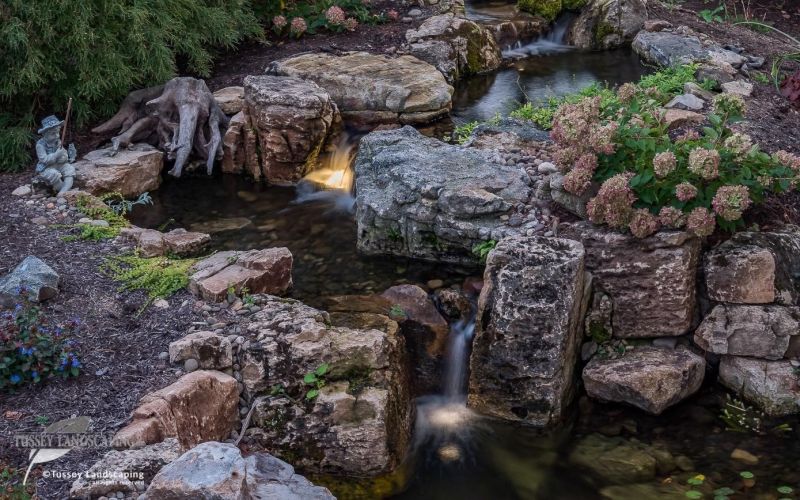
Landscaping Project Costs: Here Are the Key Factors That Affect Your Project’s Final Price
“How much will this cost?” This is perhaps the most asked question of any sales transaction, and rightly so. Landscaping is no different, from Petunias to Pine trees, the small landscape to the full property renovation. What will this project cost? While every project is unique, there are some essential factors to consider. So, let’s…
